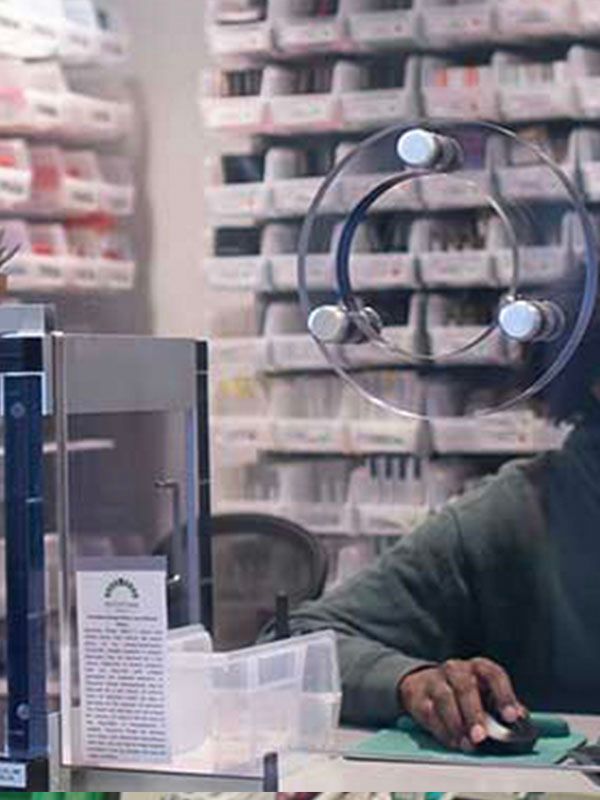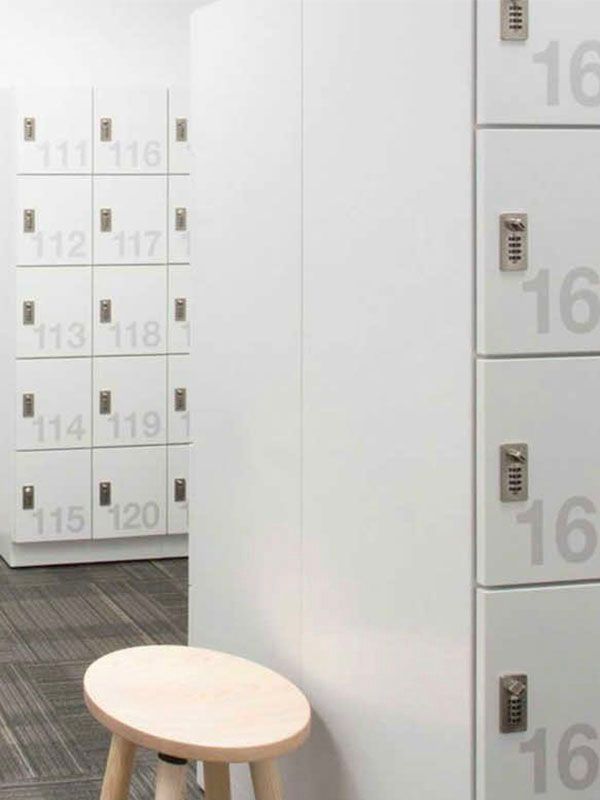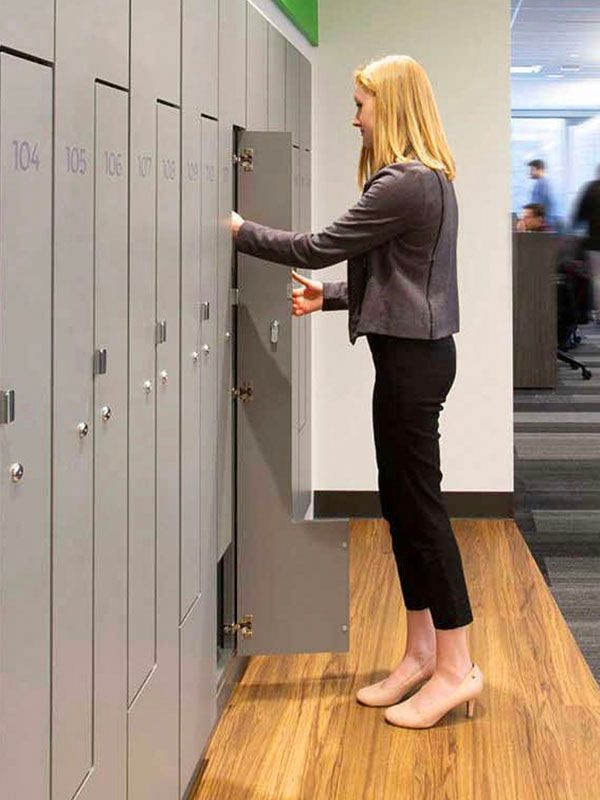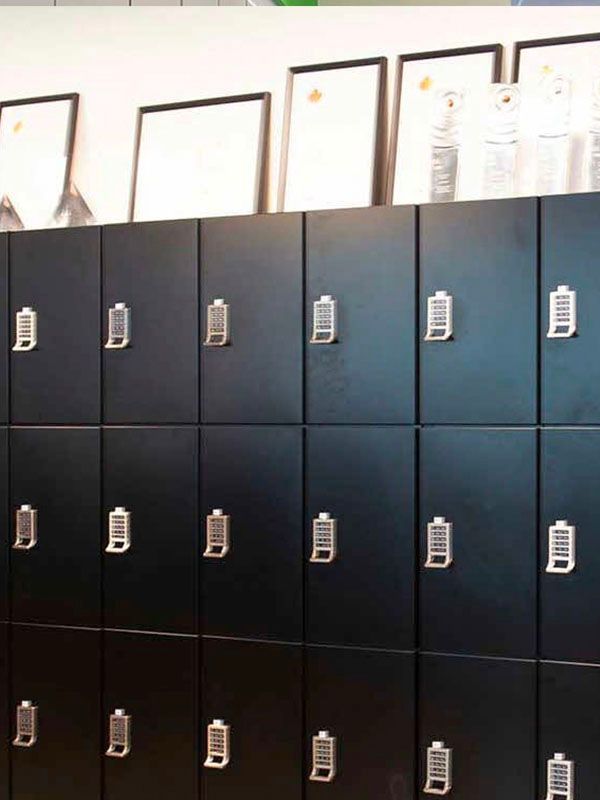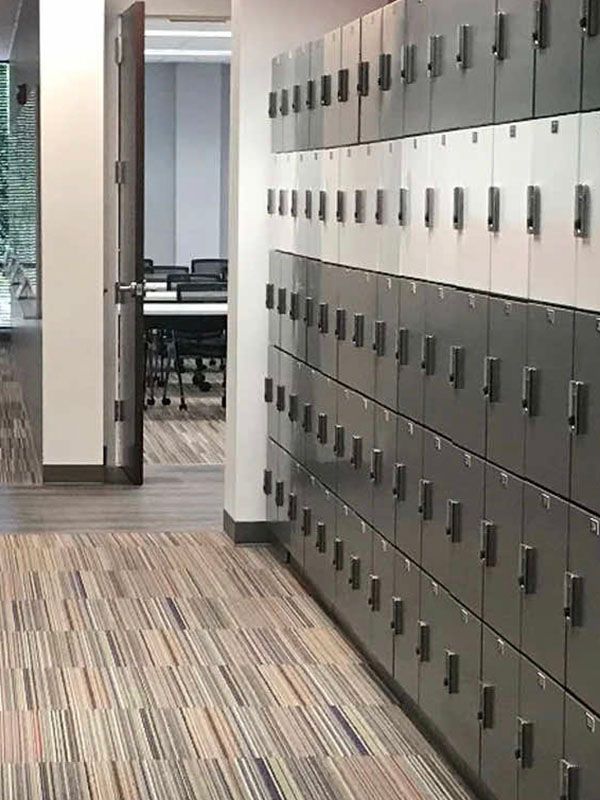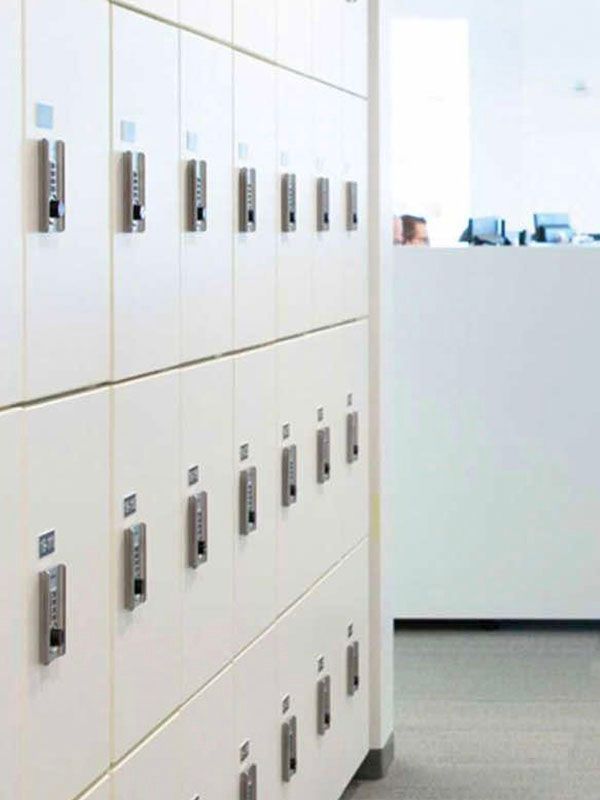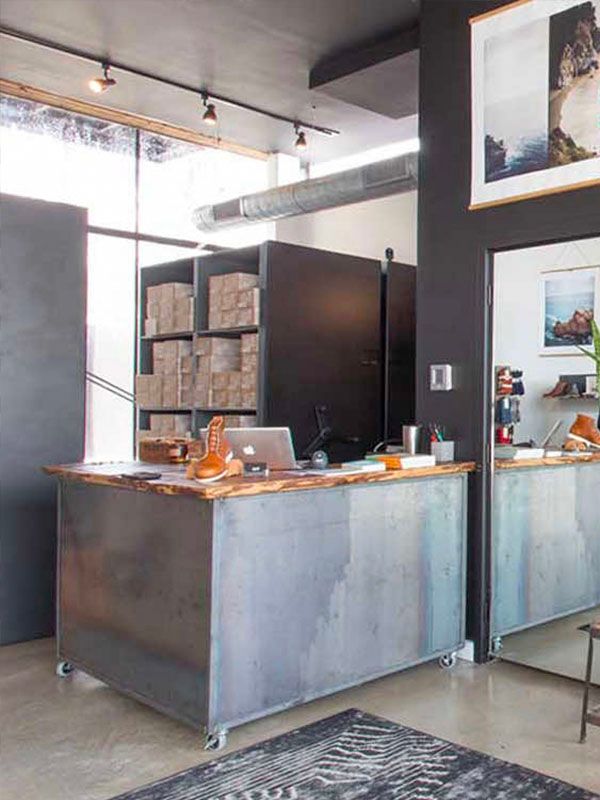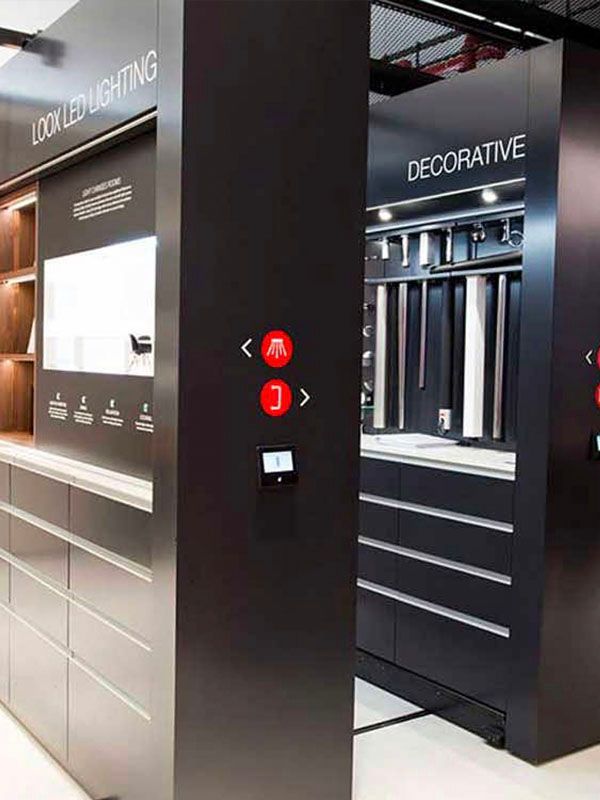San Francisco, California
Moveable walls at GE Software Design Center
Spacesaver provides the base for configurable space at a Bay Area think tank.
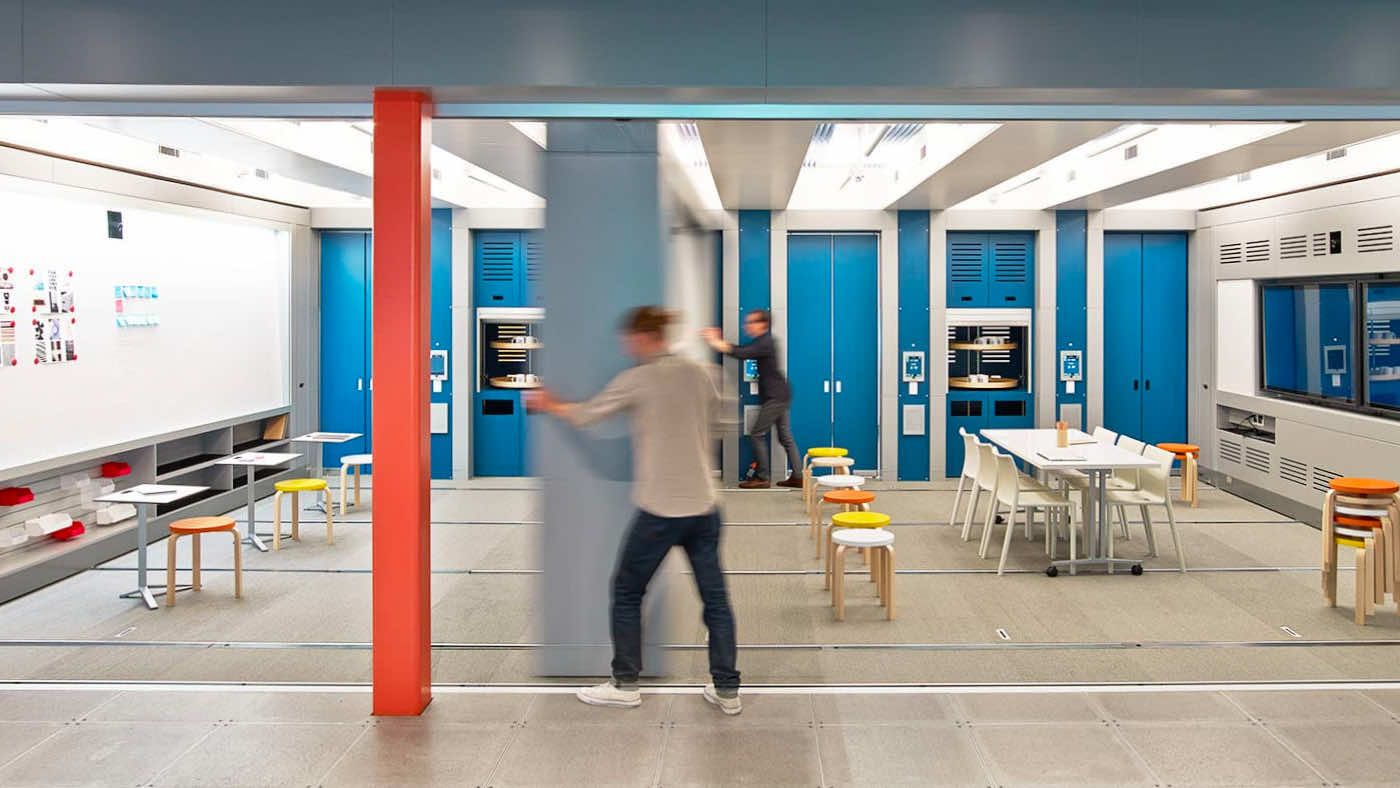
As more companies adopt a more agile approach to project management and product innovation, a need for configurable workspaces, with an integration of analog and digital engagement, will become more common.
You’ve heard of the Industrial Revolution. Two hundred years later, the Industrial Internet is poised to have an equally large impact on the future of the global economy. Coined by General Electric, the term “Industrial Internet” refers to the integration of machines and software. The Industrial Internet combines machine learning, big data, and machine-to-machine communication to analyze and improve operations.
In short, it’s The Next Big Thing.
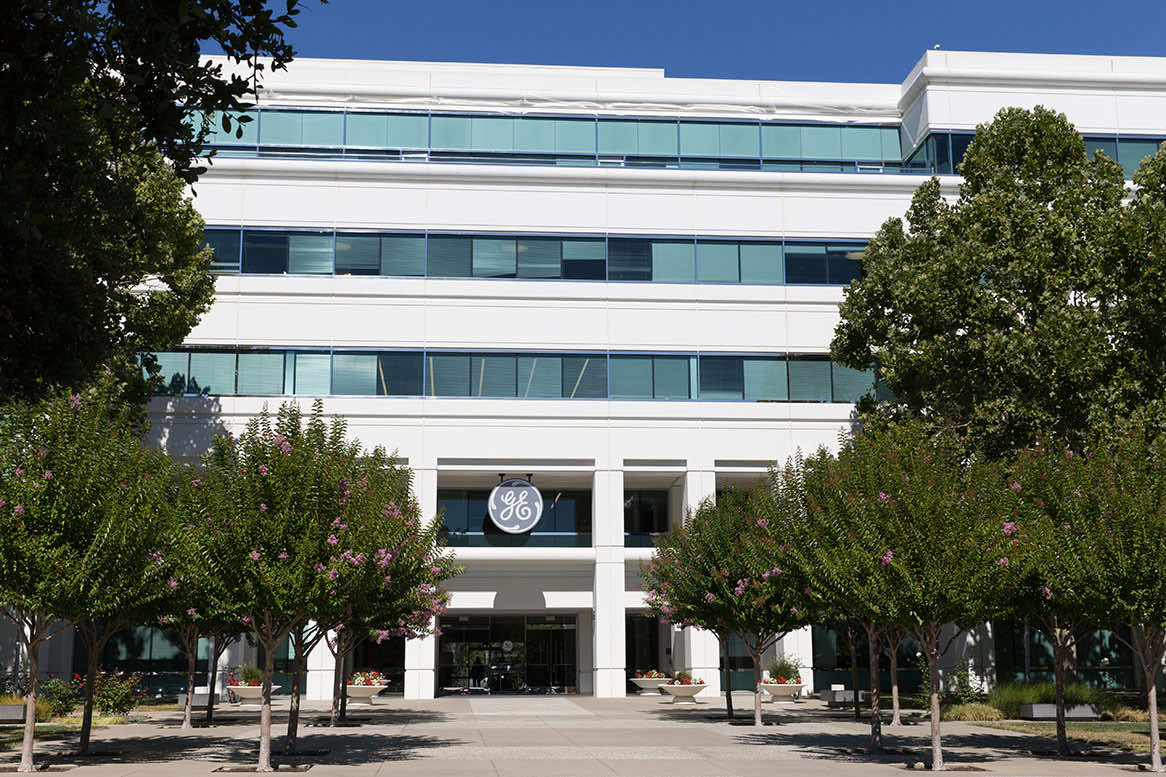
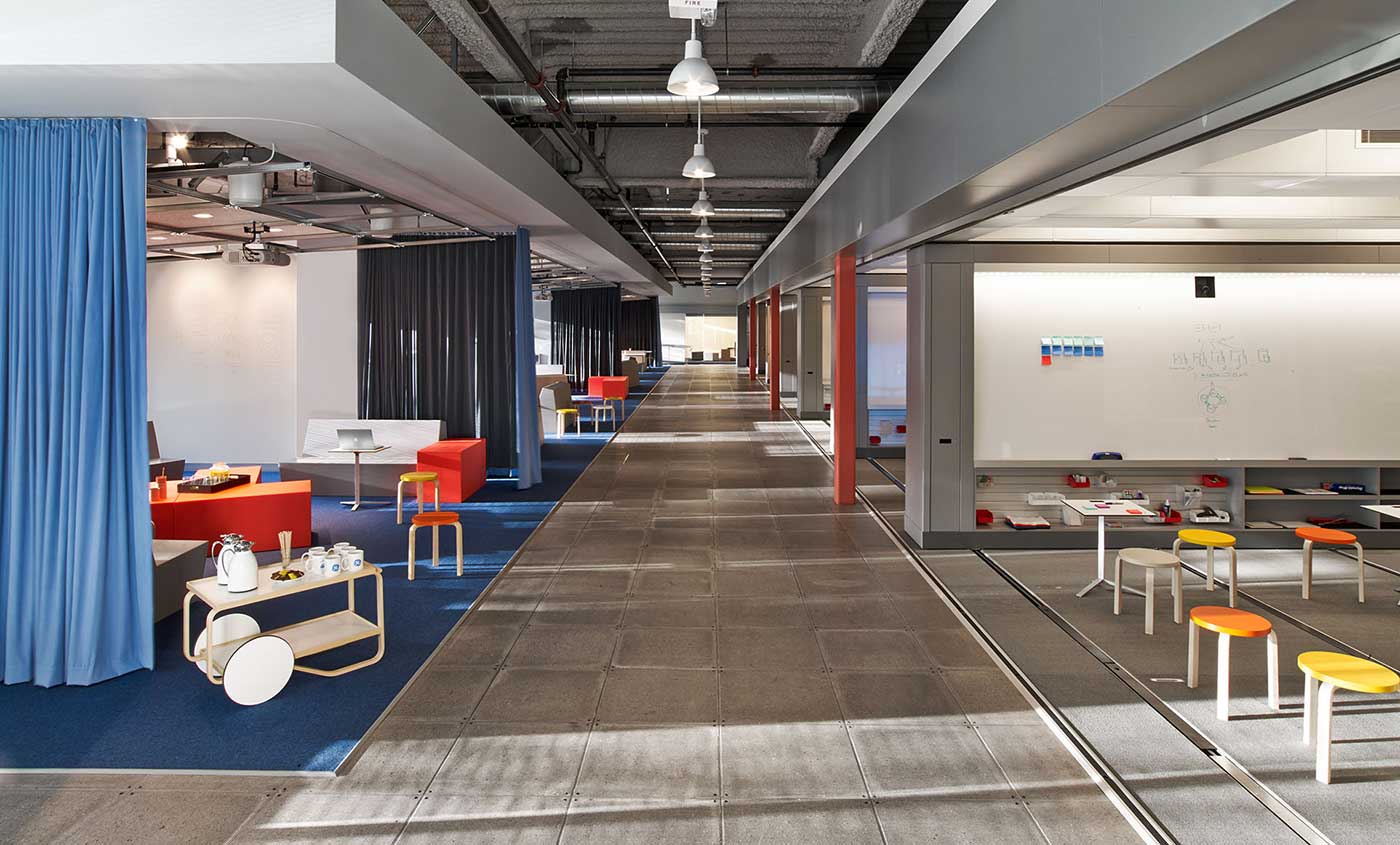
A Spacesaver carriage-and-rail system serves as the platform for the architect’s vision.
A collaborative, configurable workspace
Imagine you own a wind farm, and your wind turbines are embedded with sensors that are able to signal software—software that uses both real and historical data to produce an additional 5-10% of power, translating into a 20% increase in profits.
Might seem a bit crazy, but for the engineers at GE Software, this scenario isn’t very far away. From taking a closer look at power generators and railroad networks to tracking oil and gas pipelines, the company has one goal: to link data, networks, and machines to remake industry, boost productivity, and launch a new age of prosperity and growth on a global scale.
A goal of this magnitude needs a home base, which is why GE embarked on a 14,000 sq. ft. Design Center/Think Tank space within its headquarters—a place where teams and customers from all over the globe can come together to communicate and collaborate in real time, decreasing the length of the innovation cycle and increasing the speed of innovation adoption. The space includes a briefing theatre to kick off new projects, a mobile conference area with moveable walls to create custom-sized rooms, and a 360-degree virtual environment.
Rapt Studio, an international architecture firm with an office in San Francisco, was asked to design the space, and when the group started to piece together their vision, one particular inspiration stood out—flexible spaces created by mobile storage at the Seattle Public Library. The gift shop, which was designed by the in-house engineering team at Spacesaver, is housed in a high-density mobile shelving system and is able to compact itself depending on if the shop is opened or closed. Soon after, they reached out to Systems & Space (SSI), an authorized Spacesaver distributor located in the San Francisco Bay Area.

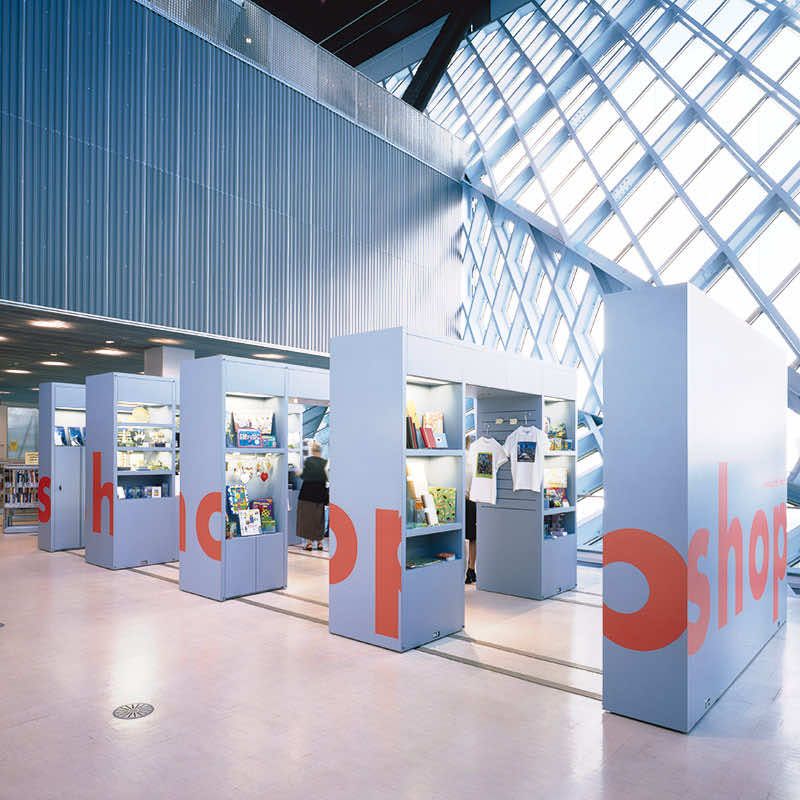
SSI had worked with Rapt on several projects over the years, and when the designers approached the company to collaborate, they were more than willing. “Rapt appreciated the way the mobile systems were able to translate into flexible space,” says Ski Hottinger, Director of Sales at SSI. “They knew they wanted something similar for the mobile conference room in GE’s Think Tank.”
With this idea in mind, the two companies set about building a series of mobile walls. First, Hottinger and his team worked with Spacesaver to construct eight custom manual carriages that were 24” wide by 18’ long. The carriages sat on a four individual 118’ L-rails with roller guides, which were mounted onto a concrete slab. Locking plates, installed in 5’ increments, allowed for each of the carriages to expand or contract as needed, and a key lock was installed on each end of the carriage to lock the wall in place.
"This is the kind of partnership with architects and designers that we really enjoy — when we both get to contribute our expertise and make an amazing space happen."
- Ski Hottinger , Systems and Space
Using the carriages as a guide, Rapt was able to design an 800 lb. steel structure, which was mounted to the carriage system to create a wall base. Design and technological elements were implemented into each individual wall, consisting of a full white board with a digital videoconferencing camera, an HD flat touchscreen, and an iPad, which controls climate, lighting, sounds, and video of each conference room “pod”—the term GE uses for the spaces created by the mobile walls.
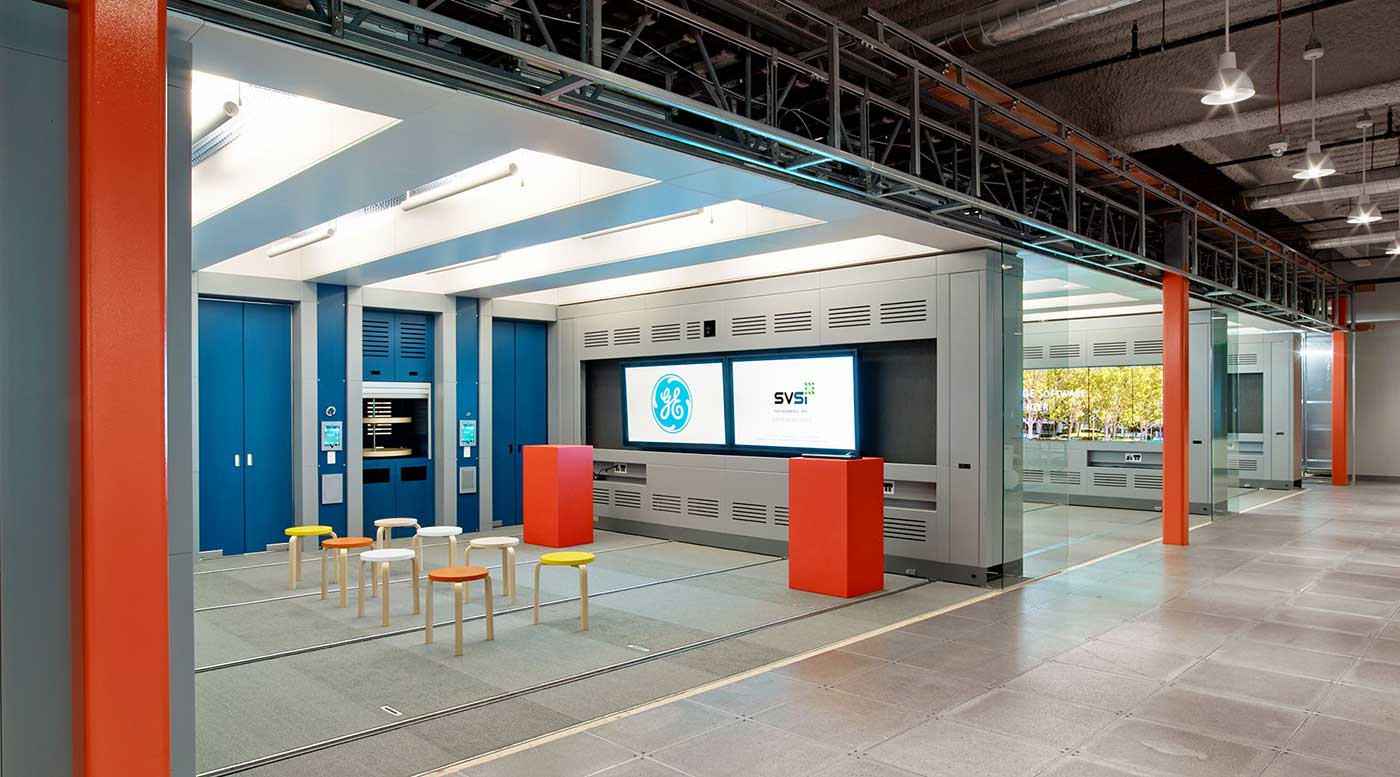
Architects were inspired by Spacesaver’s work with configurable space at the Seattle Public Library.
A Space that Connects & Inspires
In addition to the carriages, Rapt also designed a floating glass Nano wall, which is a modular glass wall divided into 5’ sections with operable doors for each pod. The wall hangs on a track from a unistrut. There are no floor supports for the wall, and it can either be fully enabled along the 118’ length of the conference rooms, or tucked neatly behind the first and last carriage on each end. This allows for the privacy and further soundproofing of the pods.
The result of this collaboration between an architecture firm and Spacesaver storage consultants is a GE Think Tank space that is able to connect and inspire GE team members and customers alike, no matter where those people happen to be in the world. From the looks of it, these kinds of spaces are only the beginning—as more global companies such as GE begin to adopt a more agile approach to project management and product innovation, a need for these spaces, with an integration of analog and digital engagement, will become more common.
For Hottinger, this particular project was made successful by the integration of thinking between the architects at Rapt and the “space specialists” of Systems and Space.
“What really makes this installation stand out is that we created a fairly simple engineered solution to the client’s needs—and the architects and designers were able to imagine and build something pretty creative with the base we provided,” he says. “This is the kind of partnership with architects and designers that we really enjoy—when we both get to contribute our expertise and make an amazing space happen.”
